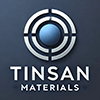Showing 577–588 of 632 results
-
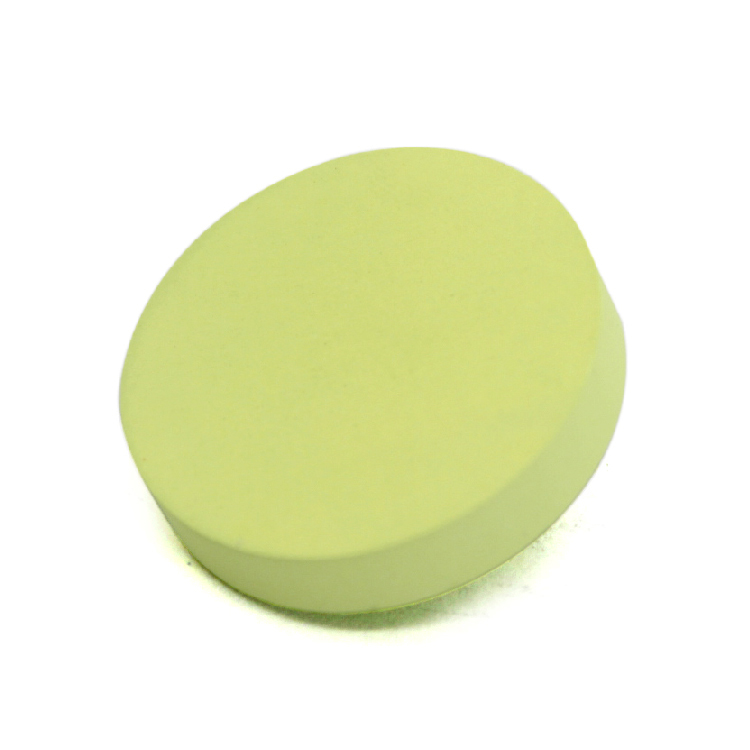
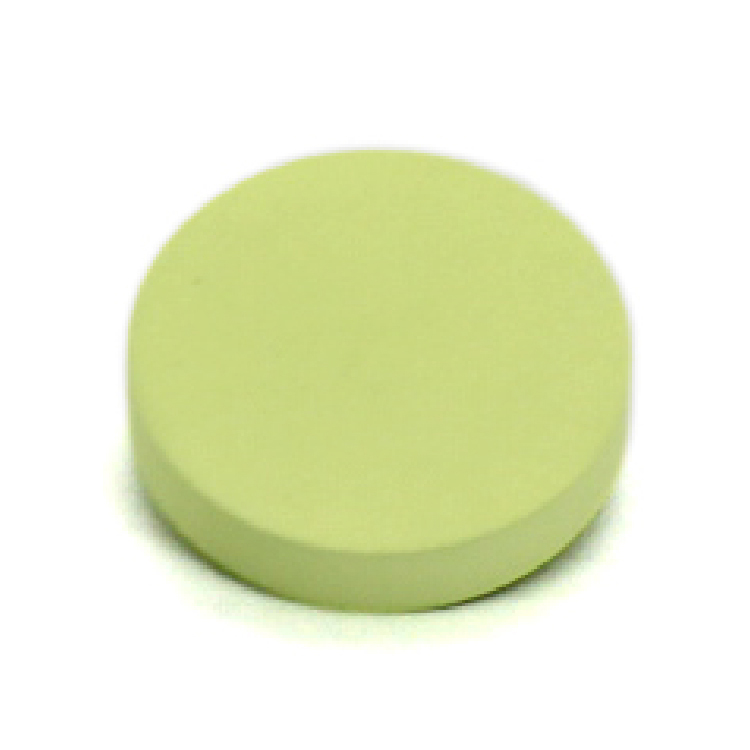
- High Melting Point: WO₃ has a high melting point (~1473°C), making it suitable for high-temperature applications.
- Chemical Stability: WO₃ is chemically stable and resistant to oxidation, ensuring long-term reliability in harsh environments.
- Transparency Control: WO₃ films can be engineered for transparency modulation, useful in smart glass and energy-efficient windows.
- High Conductivity: When doped or treated, WO₃ can exhibit increased electrical conductivity for various electronic applications.
-
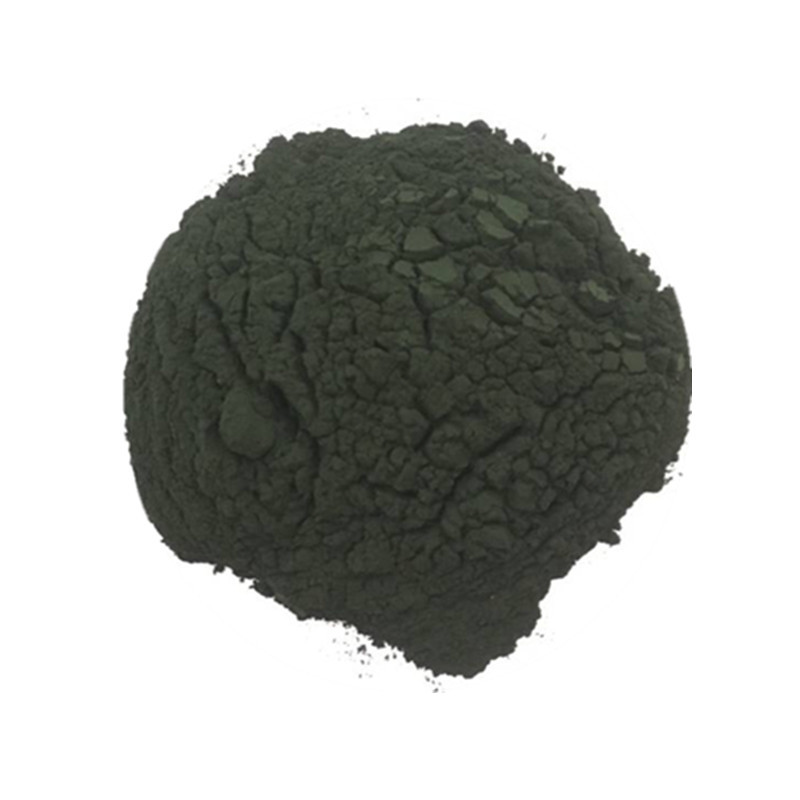
- Ultra-Low Friction: Excellent solid lubricant properties with a coefficient of friction as low as 0.03.
- High Thermal Stability: Effective up to 450°C in normal environments and up to 650°C in vacuum conditions.
- High Purity: Ensures consistent performance in critical applications.
- Versatile Particle Sizes: Available in nano and micron grades.
- Chemical Resistance: High resistance to oxidation, corrosion, and wear.
- Wide Application Range: Suitable for coatings, composites, lubricants, and electronics.
-
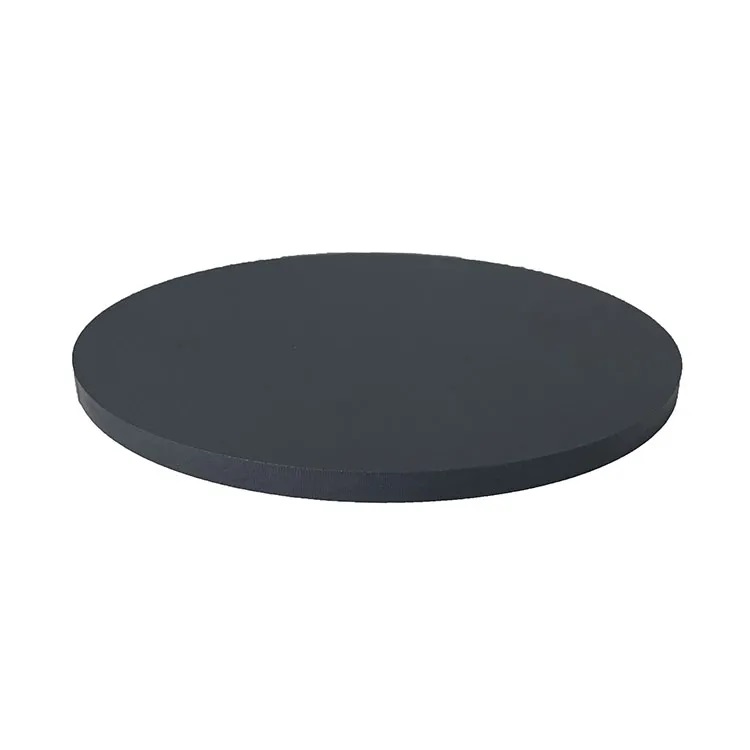
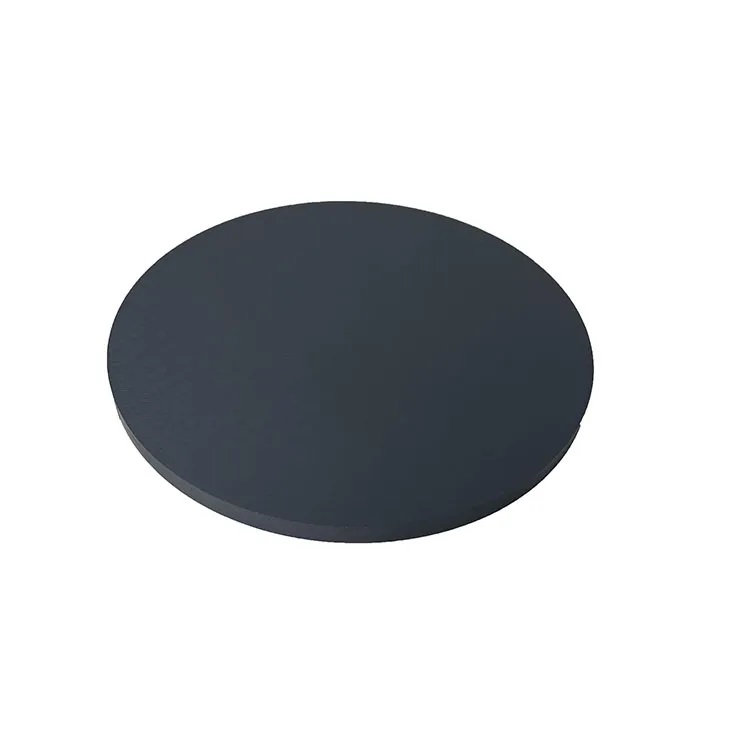
- Low Friction Coefficient: WS2 thin films exhibit an extremely low coefficient of friction, which is beneficial for improving the performance of mechanical systems in high-friction environments.
- Thermal Stability: WS2 coatings maintain their properties at elevated temperatures, making them suitable for high-temperature applications.
- High Wear Resistance: WS2 offers exceptional wear resistance, extending the operational life of coated components subjected to abrasive conditions.
- Chemical Inertness: WS2 is resistant to corrosion and oxidation, making it durable in harsh chemical environments.
- Layered Structure: The unique layered structure of WS2 provides excellent lubricating properties due to the easy shearing between layers.
-
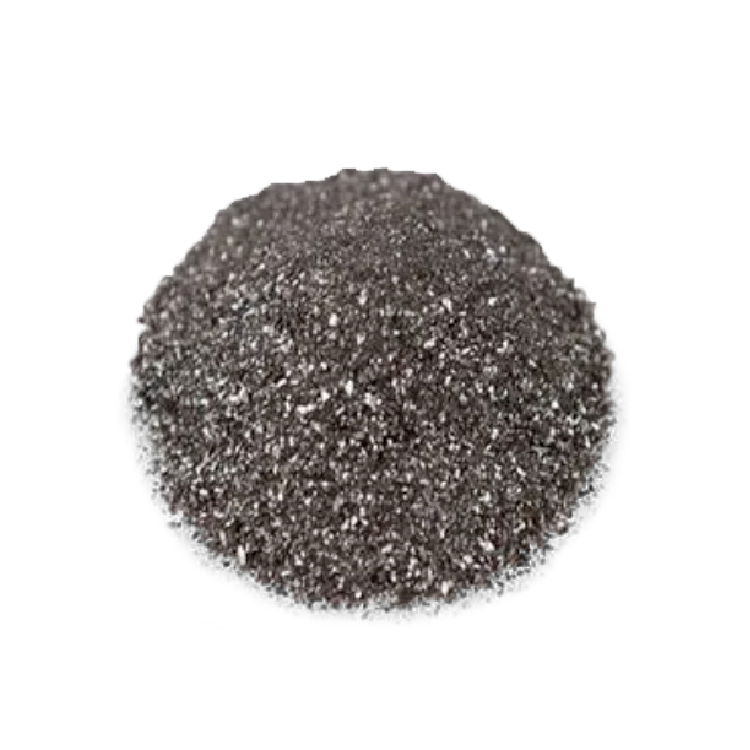
- High Purity: Ultra-pure WSe₂ for reliable and repeatable performance.
- Layered Structure: Two-dimensional material with strong in-plane bonding and weak interlayer van der Waals forces.
- Exceptional Optical Properties: Ideal for applications requiring precise light absorption and emission.
- Chemical Stability: Resistant to oxidation and degradation in harsh environments.
- Customizable Particle Size: Tailored to specific research or industrial needs.
-
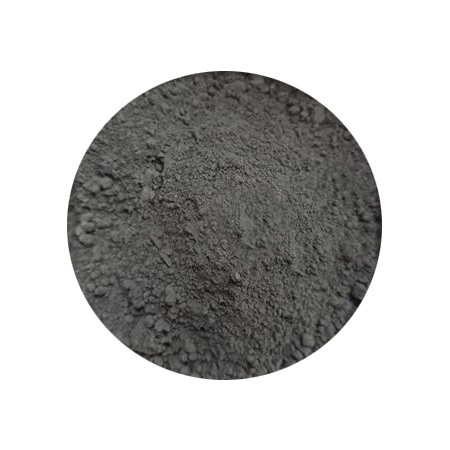
- High Purity: ≥99.9% purity for enhanced performance and reliability in advanced applications.
- Layered Structure: Exhibits a two-dimensional structure, similar to graphene, allowing for unique electronic and optical properties.
- Optical Properties: Strong photoluminescence and excellent performance in the infrared (IR) spectrum, suitable for optoelectronic applications.
- Electronic Performance: High electron mobility, making it an ideal candidate for transistors, sensors, and other electronic devices.
- Stable and Durable: Resilient under a variety of environmental conditions, including exposure to moisture and oxygen.
- Scalable Production: Available in different quantities and customizable particle sizes to meet specific application needs.
-
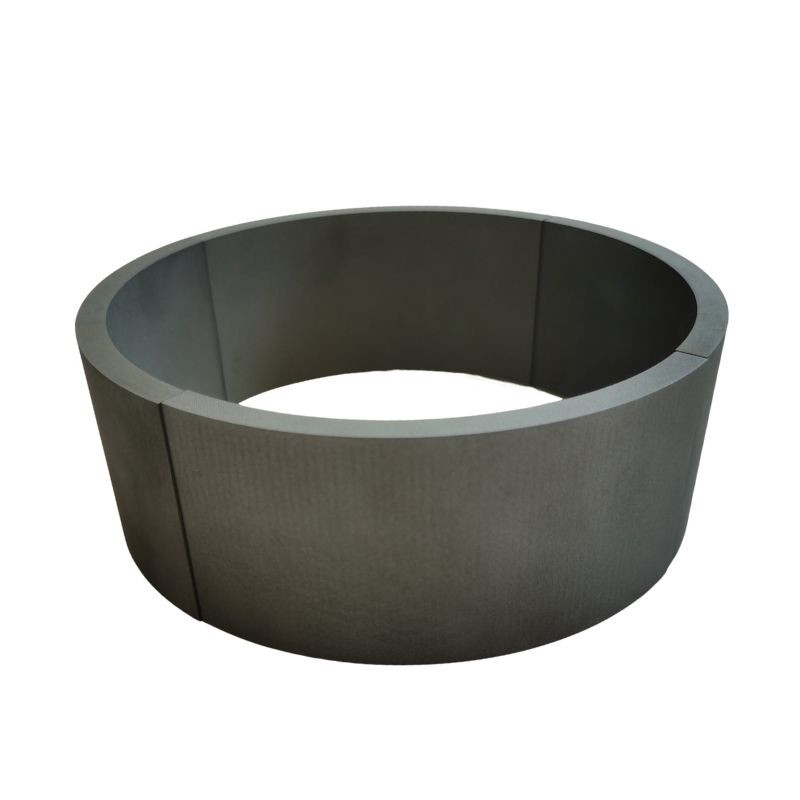
- Exceptional Thermal Stability: Withstands high-temperature operations.
- High Electrical Conductivity: Ideal for conductive and resistive layers.
- Oxidation Resistance: Reliable performance in harsh environments.
- High Purity: Ensures uniform deposition and minimal contamination.
- Customizability: Available in various dimensions and purities to suit specific needs.
-
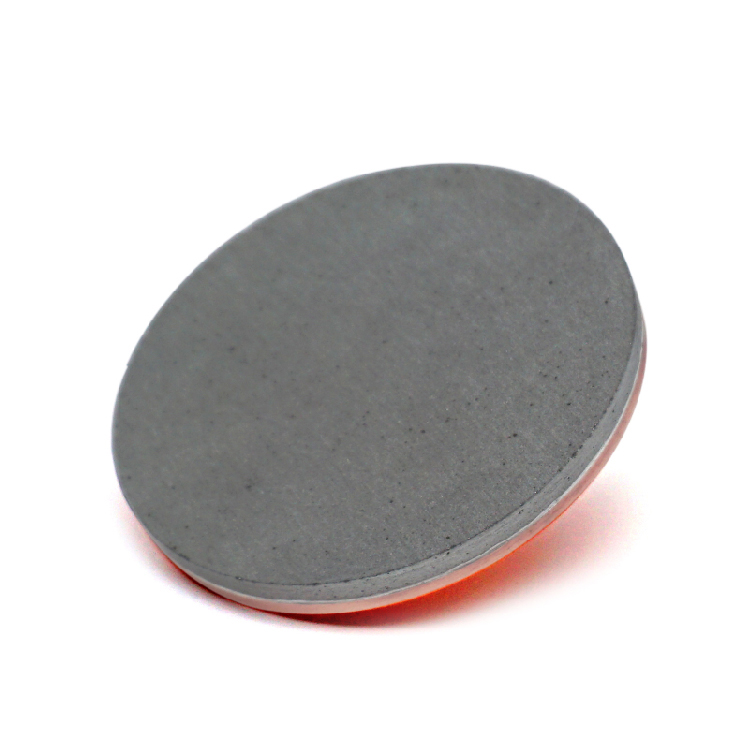
- High Purity: Ensures superior thin-film quality with minimal impurities.
- Layered Structure: Supports the formation of ultra-thin films with excellent properties.
- Stable Composition: Reliable and consistent deposition outcomes.
- Versatile Application: Compatible with various sputtering systems and techniques.
- Customizable Options: Tailored targets for specific research and industrial requirements.
-
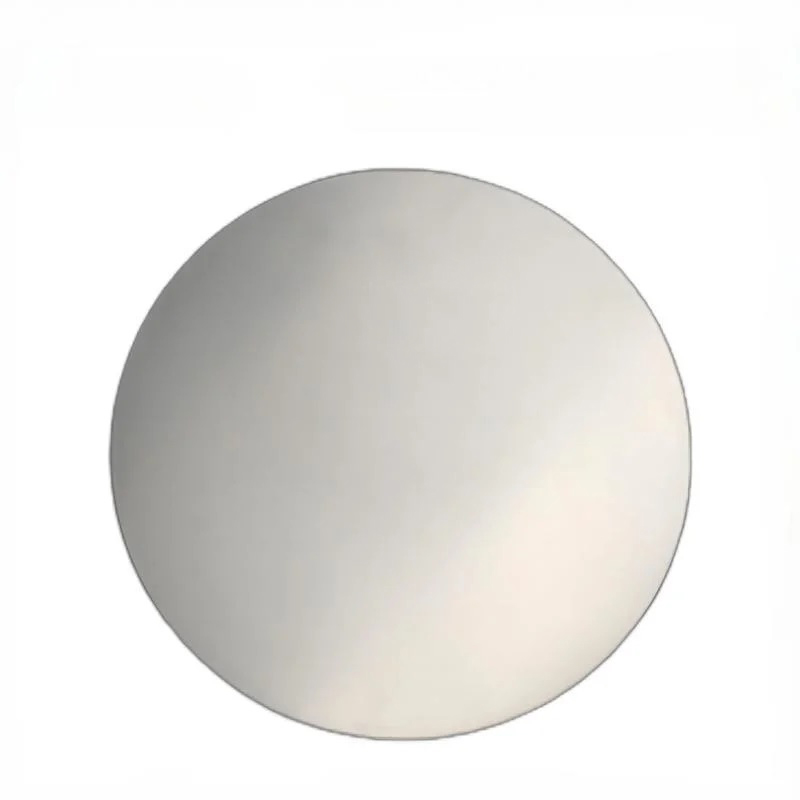
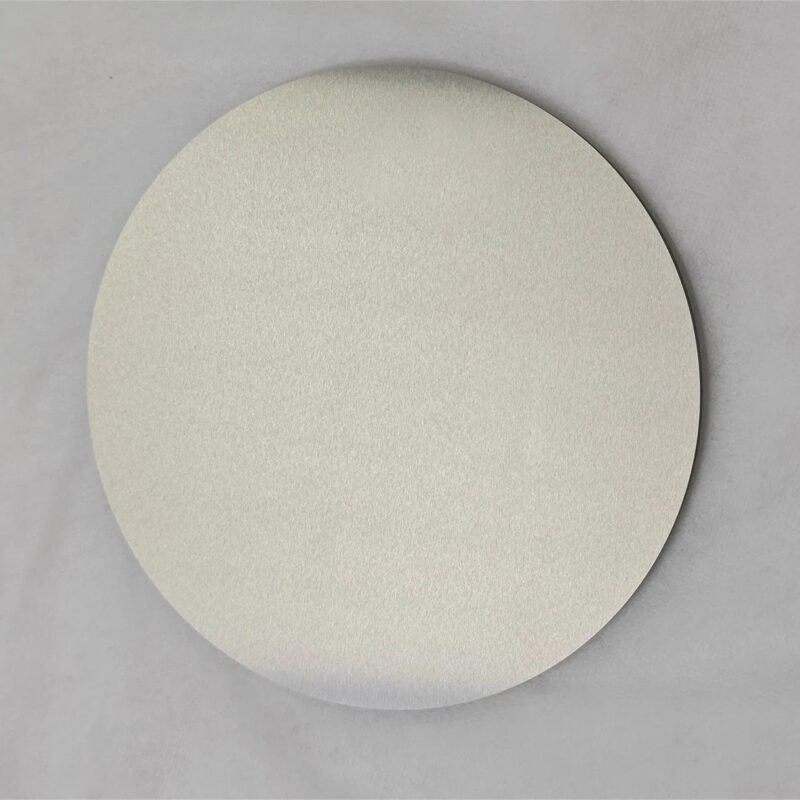
- High Melting Point: The combination of tungsten and titanium gives the alloy a high melting point, making WTi thin films highly durable and able to withstand extreme temperatures.
- Oxidation and Corrosion Resistance: WTi thin films resist oxidation and corrosion, making them ideal for environments where materials are exposed to harsh conditions.
- Excellent Adhesion: WTi thin films exhibit excellent adhesion to various substrates, which is crucial for thin-film performance in semiconductor and microelectronic applications.
- Good Electrical Conductivity: Tungsten’s inherent conductivity is complemented by titanium, making the alloy an ideal choice for electrical applications, such as in semiconductors and thin-film resistors.
- Mechanical Strength: The alloy’s mechanical strength ensures that WTi thin films are resistant to wear, making them suitable for use in hard coatings and other demanding applications.
-
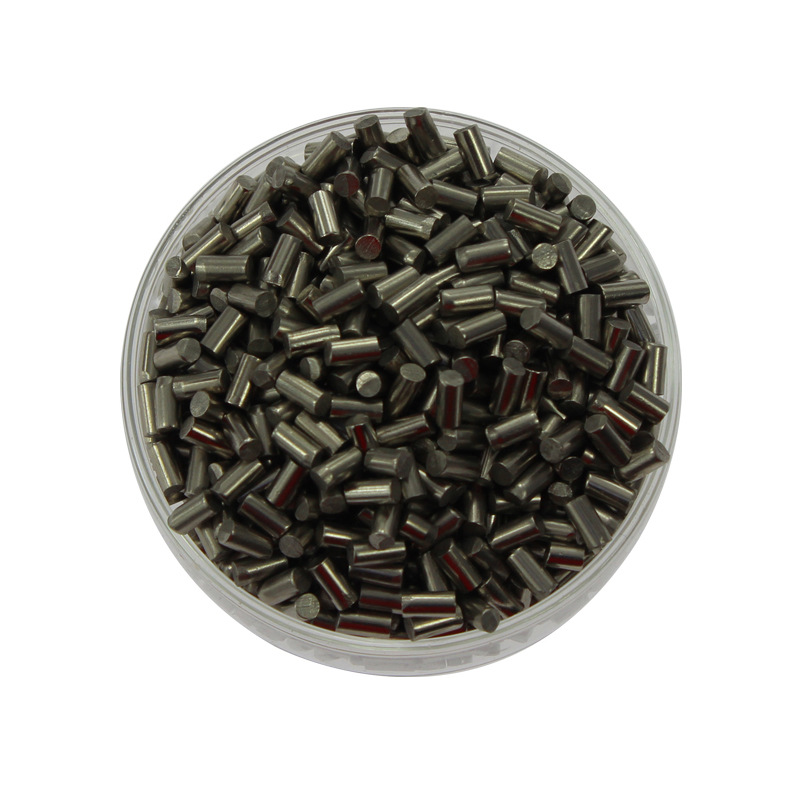
- High Hardness: Provides excellent wear resistance, making it suitable for demanding applications.
- Corrosion Resistance: Offers good resistance to oxidation and chemical corrosion.
- Thermal Stability: Maintains mechanical properties at elevated temperatures.
-
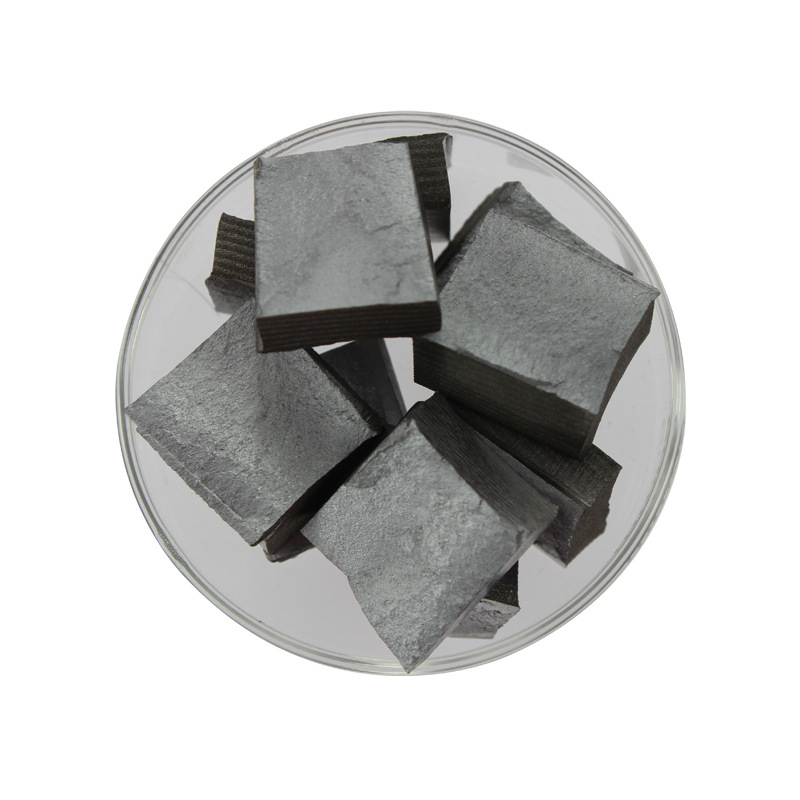
- High Purity: Yttrium pellets are typically available in purity levels of 99.9% or higher, ensuring high-quality and defect-free thin films.
- Thermal Stability: Yttrium’s high melting point and thermal resistance make it suitable for high-temperature applications.
- Versatile Deposition: Suitable for thermal and e-beam evaporation, yttrium can be used to create smooth, uniform coatings.
- Enhancing Material Properties: Yttrium’s role as an additive improves the performance of materials, especially in electronics and ceramics.
-
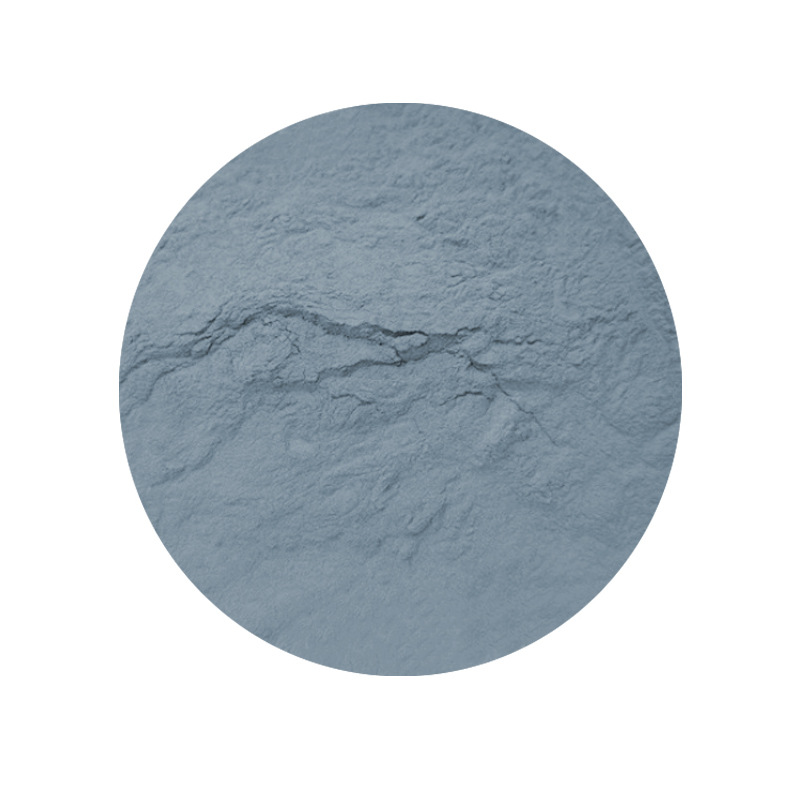
- High Temperature Resistance: Yttrium has excellent thermal stability, making it valuable in materials exposed to extreme temperatures.
- Corrosion Resistance: Yttrium improves the corrosion resistance of alloys and ceramics, particularly in environments with aggressive chemicals or high heat.
- Magnetic Properties: Yttrium is used in yttrium iron garnets (YIG), which have magnetic properties useful in microwave filters and resonators.
- Lightweight: Yttrium is relatively light, making it ideal for high-strength, lightweight alloys used in industries like aerospace.
-
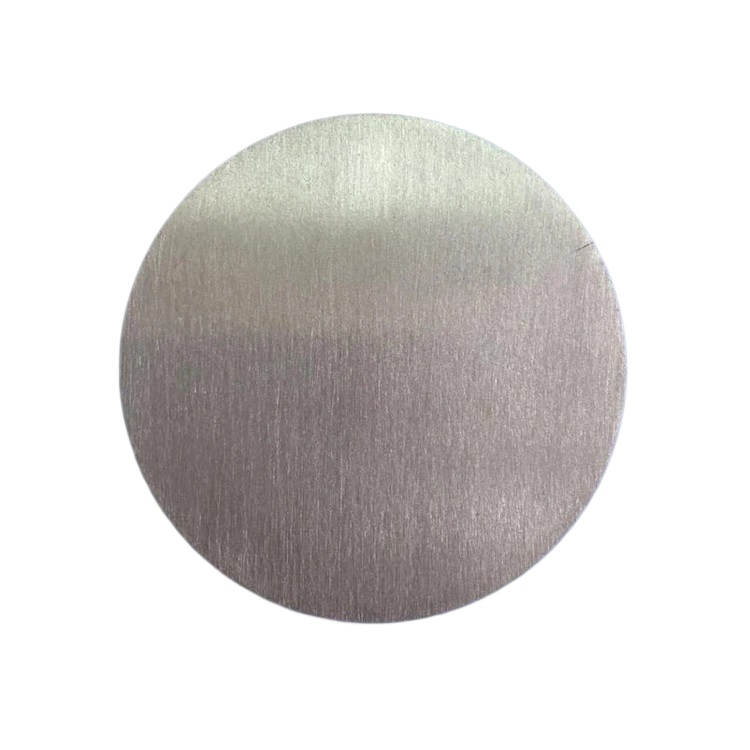
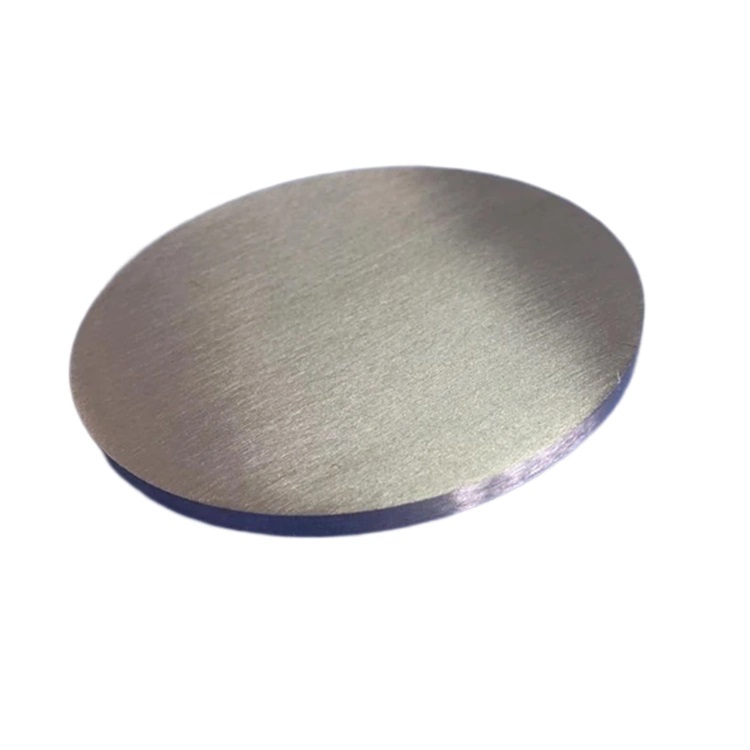
Yttrium sputtering targets are essential for producing thin films with high thermal stability, excellent corrosion resistance, and unique electronic or optical properties. Their applications in semiconductors, superconductors, optoelectronics, and advanced materials highlight yttrium’s importance in cutting-edge technology.
